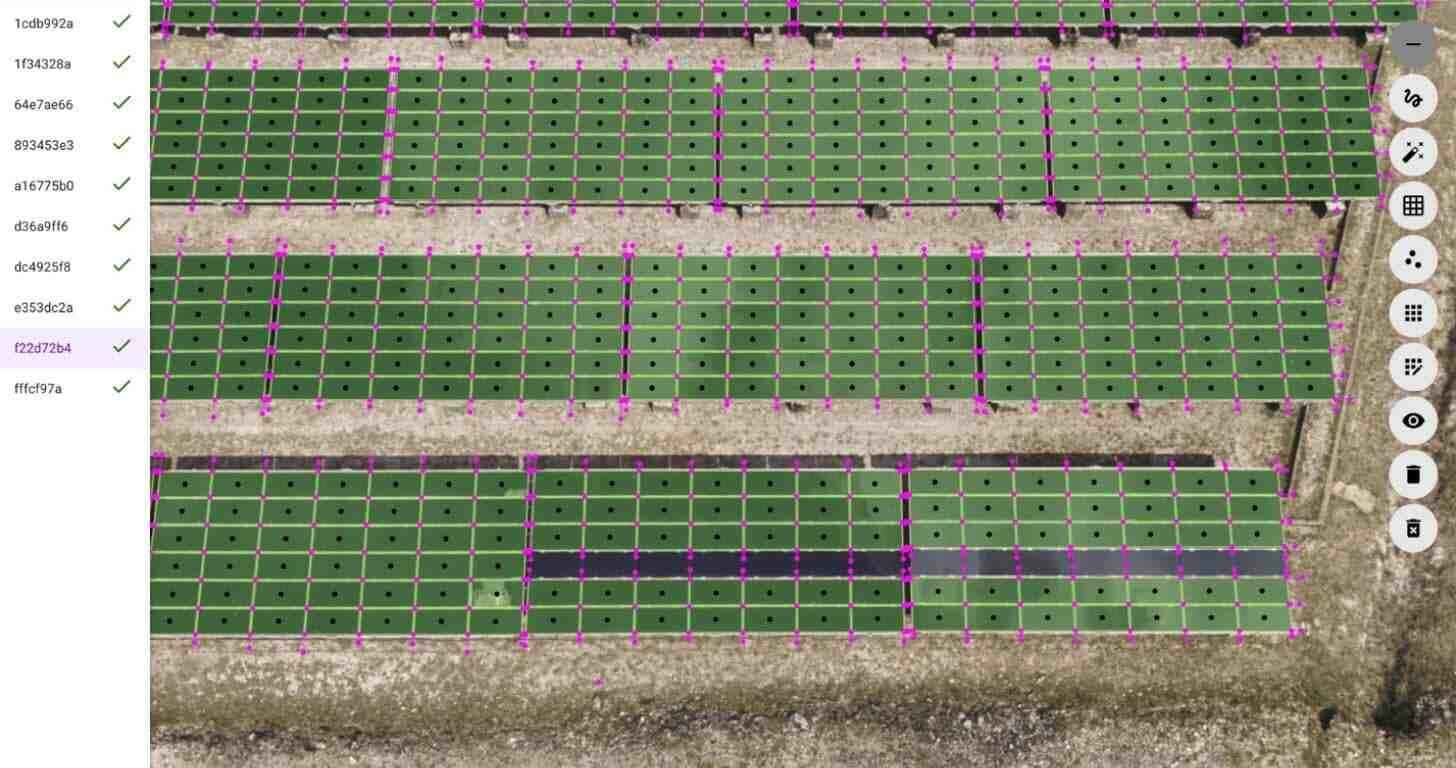Our Solution
A Collaborative Approach to High-Quality AI Training Data
After understanding the project's complexity, we engaged a dedicated team of 10 image annotators. We used the polyline annotation technique to mark defects and anomalies in both the RGB and thermal images.

Comprehensive Training
We provided initial training to ensure our annotators were proficient in using the client's proprietary image annotation tool and familiar with the specific types of defects and issues that needed to be identified.
Defect Identification and Annotation
Based on the client's project specifications, we developed detailed image annotation guidelines. Our team divided the provided image datasets into manageable segments to ensure thorough inspection and precise labeling.
Quality Assurance by Subject Matter Experts
We employed a strategic human-in-the-loop approach: Initially, our annotators manually labeled datasets, which served as a reference for the client's proprietary annotation tool to tag all the images.
Iterative Feedback and Continuous Improvement
We maintained close collaboration with the client through regular feedback sessions, which allowed us to refine our processes and annotation criteria continually. We assigned a project manager to provide regular progress updates to the client.
 Free Sample
Free Sample